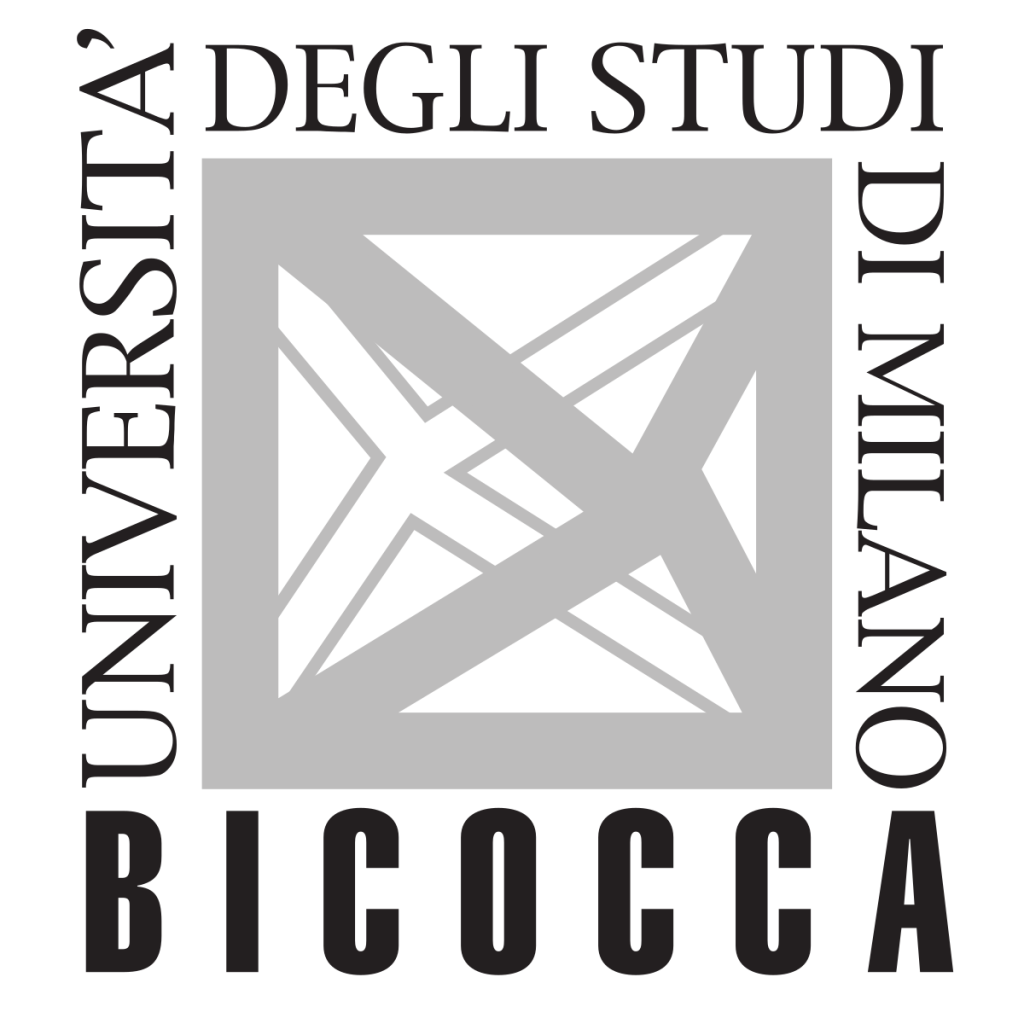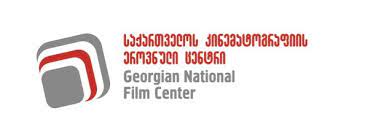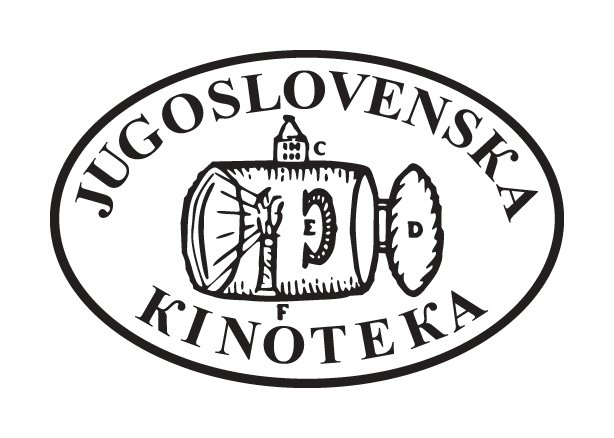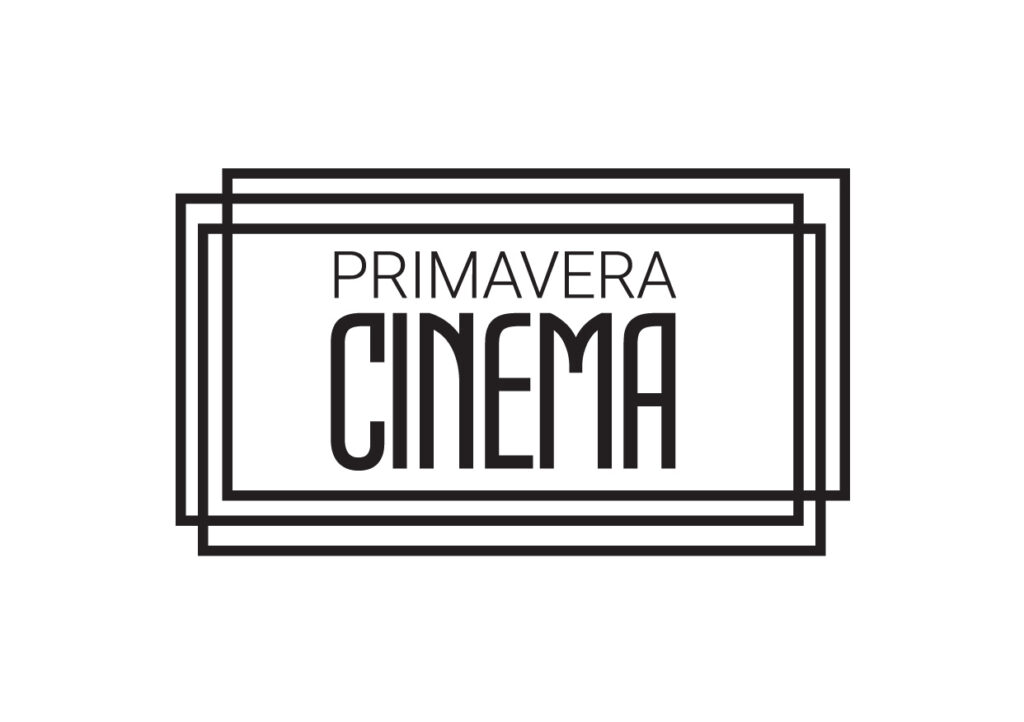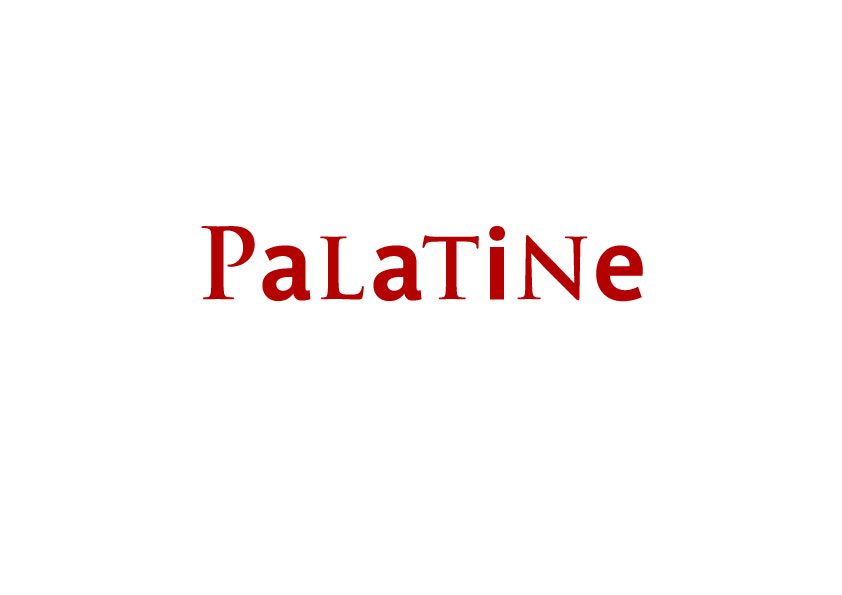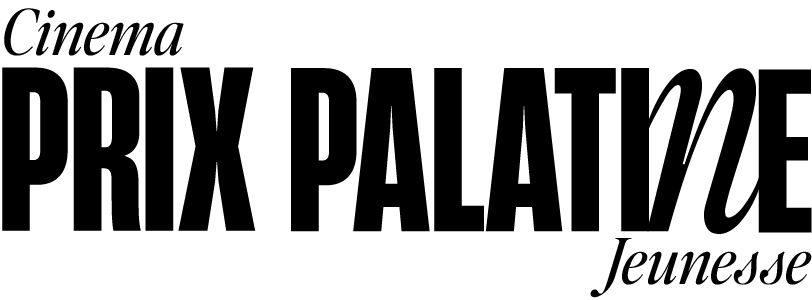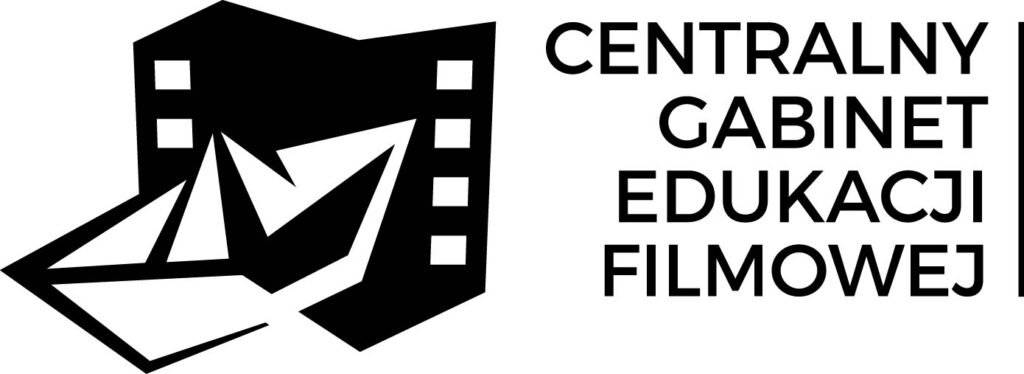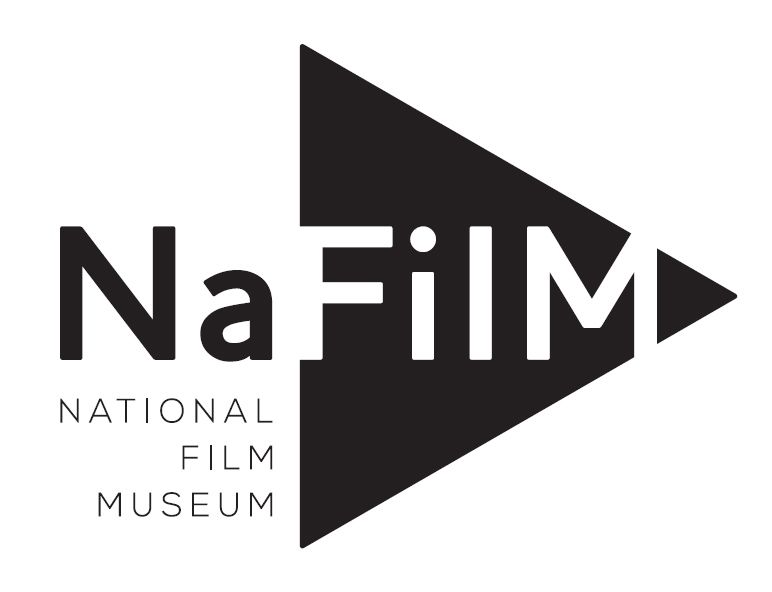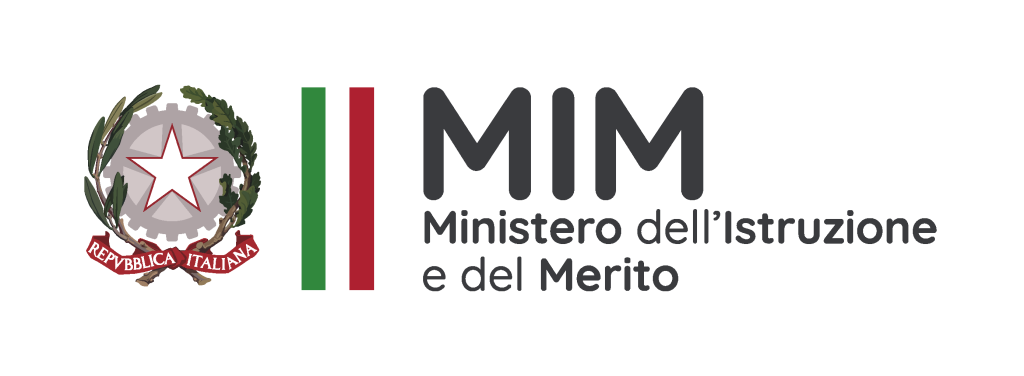The Film Corner
Słowniczek
KADROWANIE
- Kadrowanie: część przestrzeni ujęta w kadrze obiektywu kamery bez przerw lub cięć.
- Profilmowe: wszystko, co jest umieszczone przed obiektywem, sfilmowane przez kamerę.
- Dekupage (z fr.) lub decompose (z ang.): w terminologii filmowej odnosi się do procesu analizy i rozkładu scenariusza na poszczególne sceny, a następnie szczegółowego planowania wizualizacji każdej z nich. Oznacza to rozważenie kompozycji kadru, ustawień kamery, ruchów postaci, dialogów i innych aspektów wizualnych i akustycznych, aby wizualnie zrealizować scenariusz.
- Poza kadrem: przestrzeń, która nie jest filmowana przez kamerę, ale rzekomo znajduje się wokół kadru.
- Sekwencja: zamknięty fragment akcji, złożony z kilku scen, które tworzą spójną jednostkę narracyjną.
- Długie ujęcie: ujęcie, które trwa dłużej niż standardowy czas trwania ujęcia w montażu, zazwyczaj powyżej jednej minuty. Może ono obejmować całą akcję sceny, a nawet cały film; i charakteryzuje się ciągłością i nieprzerwanym ruchem kamery lub postaci.
- Kompozycja: wszystkie wybory dokonane przez reżysera, gdy planuje kadrowanie i zaczyna filmować. Ten aspekt dotyczy umiejscowienia podmiotu, jego relacji z otoczeniem, rozmieszczenia elementów profilmowych, źródeł światła i ogólnego oświetlenia kadru.
- Perspektywa: kadrowanie może się różnić w zależności od umiejscowienia kamery: podmiot może być filmowany z przodu, z boku, z dołu lub z góry, wywołując różne emocje w umyśle widza.
- Punkt widzenia: w oparciu o punkt widzenia, z którego widz postrzega wydarzenia opowiedziane w scenie, nazywamy go obiektywnym, gdy pokazuje scenę w sposób neutralny, podczas gdy nazywamy go subiektywnym, gdy przyjmuje punkt widzenia jednej z postaci, pokazując scenę z jej perspektywy.
- Głębia ostrości: dzieląc obszar kadrowania na różne poziomy głębi, które są jednakowo wyostrzone, możliwe jest jednoczesne filmowanie akcji, która ma miejsce przed kamerą i tej, która dzieje się daleko, w tle.
- Rodzaje planów filmowych: na podstawie wzajemnego ustawienia kamery i obiektu, kadry są podzielone na różne kategorie w zależności od tego, co przeważa na ekranie, otoczenie lub obiekt.
Plan totalny (daleki): ukazuje bardzo szeroki widok przestrzeni, postać ludzka jest bardzo niewielka, wkomponowana w obszerne tło lub nieobecna; stosowany do ogólnych opisów miejsca akcji oraz prezentacji plenerów;
Plan ogólny: to pełny obraz miejsca akcji, sylwetka ludzka jest zauważalna, dobrze widoczny jest plener lub dekoracje, służy zazwyczaj zarysowaniu związków postaci z otoczeniem oraz przekazaniu ogólnych informacji o miejscu akcji;
Plan pełny: to wycinek z planu ogólnego, w kadrze mieści się cała sylwetka ludzka, widać część dekoracji; popularny w kinie niemym;
Plan amerykański: stanowi wycinek planu pełnego, postać ludzka jest pokazana od kolan w górę i dominuje w kadrze; najczęściej stosowany w scenach dialogowych;
Plan średni (zwany też półpełnym i pasowym): kompromis pomiędzy planem amerykańskim a zbliżeniem, sposób kadrowania planu filmowego polegający na pokazaniu postaci od pasa w górę; podobnie jak plan amerykański służy do filmowania dialogów, lecz w przeciwieństwie do niego większą rolę odgrywa mimika bohaterów;
Plan bliski (półzbliżenie): ukazuje popiersie, postać jest dominująca wobec tła, pozwala na lepsze uchwycenie emocji i gestów;
Zbliżenie (wielki plan): twarz lub inny obiekt zajmuje większą lub całą część kadru, umożliwia dokładne obserwowanie detali obiektu lub mimiki twarzy;
Detal (wielkie zbliżenie): szczególna forma zbliżenia, plan szczegółu ciała lub istotnego detalu akcji, który wypełnia kadr; jest to plan o maksymalnym skupieniu uwagi, służy zazwyczaj zwiększeniu napięcia emocjonalnego;
Makrodetal: pokazuje bardzo mały, zazwyczaj niewidoczny gołym okiem, szczegół rzeczywistości, np. drobne mechanizmy zegarka, wnętrze ludzkiego ciała czy obrazy mikroskopowe. Jest to najbliższy z planów filmowych, ukazujący najmniejsze szczegóły. - Ruchy kamery: ujęcia nie zawsze są nieruchome, a kamera może poruszać się w przestrzeni podczas filmowania. Główne ruchy kamery to:
Panorama: poziomy lub pionowy ruch kamery wzdłuż tej samej osi, przydatny do filmowania całego otoczenia.
Jazda: ruch kamery uzyskany poprzez zamontowanie kamery na ruchomym wózku, który poruszając się po szynach, umożliwia filmowanie płynnego i ciągłego ujęcia.
DŹWIĘK
- Ścieżka dźwiękowa: zbiór wszystkich ścieżek audialnych filmu: dialogi, efekty dźwiękowe, hałasy i muzyka.
- Dźwięk diegetyczny/niediegetyczny: dźwięki mogą być diegetyczne, jeśli należą do narracji filmu (np. skrzypienie drzwi lub dialog między dwiema postaciami) lub niediegetyczne, jeśli nie należą do wydarzeń opowiadanych w filmie (np. muzyka ilustracyjna towarzysząca sekwencjom filmu).
- Dźwięk w kadrze/poza kadrem: ich źródło znajduje się w kadrze/ich źródło nie jest widoczne w kadrze.
- Narracja ponadkadrowa (voice over): to głos lektora, który nie jest widoczny w kadrze, ale komentuje lub opowiada wydarzenia filmowe.
- Imitator efektów dźwiękowych (foley artist): osoba, która specjalizuje się w tworzeniu i nagrywaniu efektów dźwiękowych do filmów, programów telewizyjnych, gier wideo i innych mediów, od dźwięku padającego deszczu podczas burzy po dźwięk wysokich obcasów kobiety idącej po chodniku.
MONTAŻ
- Diegeza: zespół wszystkich elementów należących do historii opowiedzianej w filmie.
- Montaż równoległy (parallel editing): przeplata się ujęcia przedstawiające różne zdarzenia zachodzące w tym samym czasie, ale w różnych miejscach. Często służy do budowania napięcia, sugerowania relacji między wydarzeniami lub ukazania różnych punktów widzenia.
- Montaż naprzemienny (alternate editing): technika montażu, w której sceny z różnych wydarzeń są pokazywane naprzemiennie, aby stworzyć wrażenie, że dzieją się równolegle lub w pewien sposób są ze sobą powiązane.
- Montaż: oznacza łączenie różnych ujęć, scen, czy fragmentów filmów w jedną całość, aby stworzyć spójny i znaczący efekt. Koncepcję montażu emocjonalnego, opierającego się na osiągnięciu napięcia i zagęszczenia ekspresji artystycznej w ścisłym związku z reakcjami widowni, opracował rosyjski reżyser Siergiej Eizenstein na początku lat dwudziestych XX w. Traktował on montaż jako najważniejszy środek ekspresji.
- Efekt Kuleszowa: w 1918 roku rosyjski reżyser Kuleszow jako pierwszy wykazał, że montaż jest nie tylko konieczny do cięcia i składania sekwencji filmowych, ale jest również przydatny do tworzenia znaczenia: w rzeczywistości to widz zawsze nadaje konkretne znaczenie połączeniu dwóch różnych kadrów.
- Ujęcie-przeciwujęcie (shot reverse shot): technika montażu powszechnie stosowana podczas dialogów, aby pokazać obu mówców na zmianę: za każdym razem, gdy jeden z nich mówi, kamera go kadruje.
- Zasada 180 stopni: umożliwia poprawne sfilmowanie sceny, szczególnie dialogów między bohaterami. Polega na poprowadzeniu niewidocznej, wyimaginowanej linii, która przecina na pół przestrzeń w kadrze. Kamera zawsze powinna poruszać się w tej samej połowie, aby zagwarantować ciągłość znaczenia i uniknąć dezorientacji wśród widzów.
- Cięcie dopasowane (match cut): technika montażu filmowego, w której dwa różne ujęcia są łączone ze sobą, tworząc płynne przejście między scenami, jest to oparte na podobieństwach wizualnych lub ruchowych.
- Cięcie osiowe (axial cut): montaż dwóch ujęć, z których drugie znajduje się na tej samej wirtualnej osi łączącej kamerę z obiektem co pierwsze, niezależnie od tego, czy jest bliżej czy dalej w przestrzeni. Ten rodzaj cięcia jest rodzajem cięcia skokowego, ale charakteryzuje się ruchem wzdłuż osi, a nie nagłym przeskokiem między ujęciami bez wyraźnego ruchu kamery.
- Montaż na linii wzroku/montaż po spojrzeniu (eyeline match): to technika montażu filmowego, w której kolejność ujęć jest tak dobrana, aby sugerowała widzowi, co postać widzi. Jeśli postać spogląda w konkretny kierunek, montażysta może pokazać widzowi to, na co postać patrzy, tworząc wrażenie ciągłości i związku między elementami sceny.
- Cięcie kierunkowe (direction cut): montaż dwóch klatek, które pokazują postać poruszającą się w różnych przestrzeniach: postać wchodzi do drugiej klatki w tym samym kierunku, w którym wychodziła z pierwszej.
- Jump cut (cięcie skokowe): technika montażu, cięcie montażowe zaburzające ciągłość czasoprzestrzenną prezentowanej akcji i wywołujące wrażenie przeskoku, fragment ujęcia jest usuwany, a widz odczuwa, że coś zostało pominięte, a akcja „skoczyła” w czasie.




